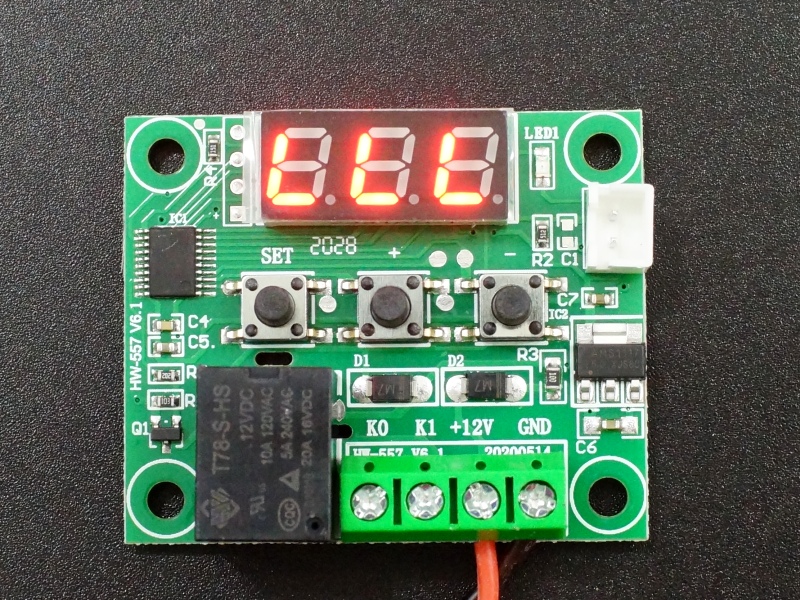
Once on the surface, the water evaporates. When heat activates sweat glands, these glands bring that water, along with the body's salt, to the surface of the skin as sweat. The middle layer of the skin, or dermis, stores most of the body's water.

The hypothalamus works with other parts of the body's temperature-regulating system, such as the skin, sweat glands and blood vessels - the vents, condensers and heat ducts of your body's heating and cooling system. It not only helps to balance body fluids and maintain salt concentrations, it also controls the release of chemicals and hormones related to temperature. Systematizedīut unlike a thermostat, which simply turns the heat or air conditioning on or off until a desired temperature is reached, the hypothalamus must regulate and fine-tune a complex set of temperature-control activities.

Much like a thermostat regulates the temperature inside your home, the hypothalamus regulates your body temperature, responding to internal and external stimuli and making adjustments to keep the body within one or two degrees of 98.6 degrees. This balancing act is directed automatically and seamlessly by the hypothalamus, a small portion of the brain that serves as the command center for numerous bodily functions, including the coordination of the autonomic nervous system. This intricate apparatus balances heat production with heat loss, keeping the body at a temperature just right for optimal function. Such is the case with the body's complicated temperature-regulating mechanism. A close look at the complex systems that keep us functioning can inspire awe.


 0 kommentar(er)
0 kommentar(er)
